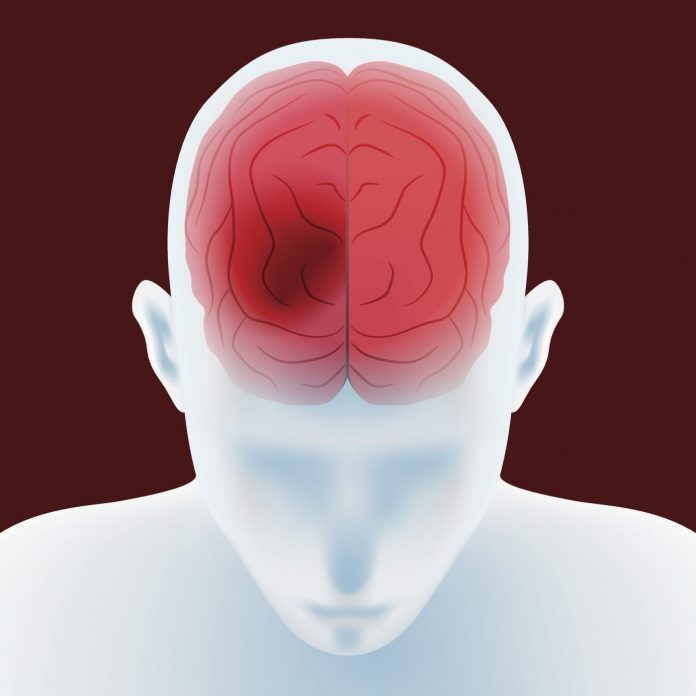
New guidelines published by the American Heart and Stroke Associations for intracerebral hemorrhage (ICH) patients take into account new findings to improve outcomes and better tailor patient care.
ICH, or bleeding stroke, accounts for around 10% of strokes (aprx. 80,000 events) in the U.S. each year. Fast and effective care, as well as good quality rehabilitation techniques, are crucial for good patient survival and prognosis. But, research shows a number of techniques and treatments that have been used by healthcare staff for years are not as effective as first thought.
“Advances have been made in an array of fields related to ICH, including the organization of regional health care systems, reversal of the negative effects of blood thinners, minimally invasive surgical procedures and the underlying disease in small blood vessels,” says Steven Greenberg, chair of the guideline writing group, a professor of neurology at Harvard Medical School and vice chair of neurology at Massachusetts General Hospital, both in Boston.
The new guidelines suggest changing a number of treatments or therapies that have been used for some time. To begin with, wearing compression socks or stockings to prevent deep vein thrombosis, after a bleeding stroke is not effective, according to recent research. Instead, the guidelines say intermittent pneumatic compression, a method that involves encasing the lower legs and feet in inflatable boots, can be helpful if started on the day of ICH diagnosis.
“This is an area where we still have a lot of exploration to do. It is unclear whether even specialized compression devices reduce the risks of deep vein thrombosis or improve the overall health of people with a brain bleed. Even more research is needed on how new blood clot prevention medications may help, especially within the first 24 to 48 hours of the first symptoms,” says Greenberg.
Previously anti-seizure or anti-depressant medications were given to ICH patients to help with recovery, but research suggests these are not helpful and could indeed be harmful unless pre-existing conditions exist that require these therapies.
Steroids were given to ICH patients in the past to avoid complications, but are now considered ineffective. Use if platelet transfusions are also only advised if a patient is undergoing emergency surgery.
The guidelines support a minimally invasive surgical approach to relive pressure on the brain after ICH to improve survival chances, but are less clear about the impact of surgery on recovery quality.
The document also addresses rehabilitation questions. It suggests patients can begin moderate activities 24–48 hours after an ICH, but not before. It also recommends better help and education for family members so they can play a more active role in their relative’s recovery.
“People need additional help with these lifestyle changes, whether it’s moving around more, curbing their alcohol use or eating healthier foods. This all happens after they leave the hospital, and we need to be sure we are empowering families with the information they may need to be properly supportive,” Greenberg adds.
The guidelines also suggest strategic use of magnetic resonance imaging (MRI) technology could help prevent ICH in some people in high-risk categories such as those with type 2 diabetes.
“There is no easy path to preventing or curing bleeding strokes, yet there is encouraging progress across all aspects of this disease, from prevention to in-hospital treatment and post-hospital recovery. We believe the wide range of knowledge set forth in the new guideline will translate into meaningful improvements in ICH care,” Greenberg says.













